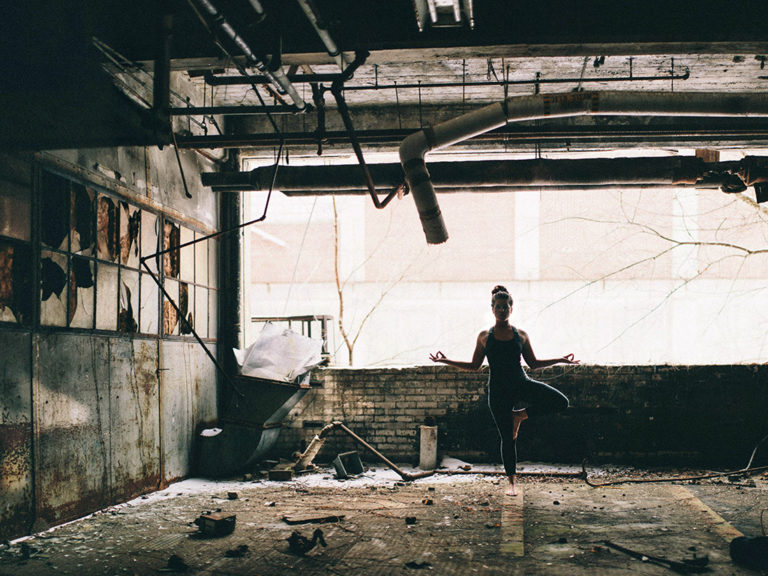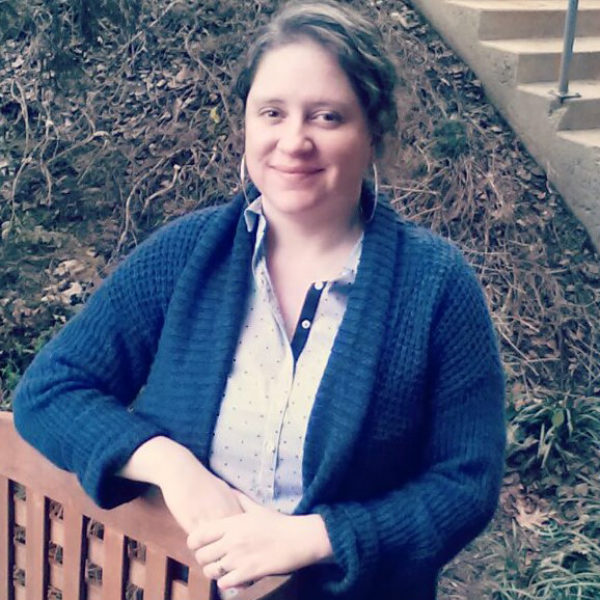
Image by Brian Wolfe.
Yoga Verse: Poses and Poetry for the Yogi and Reader
Yoga and poetry are two of my favorite things. I find both the practice of yoga and the world of words deeply moving. Lately, I’ve undertaken an exercise of combining these two passions — pairing phrases of poetry and poses with which they seem to align.
1. Thunderbolt pose (vajrasana) and Pablo Neruda’s “To the Foot From Its Child”:
A child’s foot doesn’t know it’s a foot yet
And it wants to be a butterfly or an apple
I have had some difficulties with foot pain as a former runner, and my feet need lots of love. I appreciate how this poem anthropomorphizes the foot, and gives the foot its own life and dreams. I appreciate how this pose offers two foot stretches, depending on whether your feet are stretched out flat or you are lifted up onto your toes. Your thighs and knees also get a strong stretch, and this pose offers an excellent opportunity to practice upward lift and central alignment.
It is also a good gateway to hero pose (virasana) for meditation. This pose applies pressure to and opens my feet, showing them that I am willing to pay attention to them, respect their importance, and am grateful that my feet…
kept going
without surrender, without stopping, hour after hour.
2. Revolved head to knee pose (parivrtta janu sirsasana) and the Tao Te Ching:
“Yield and overcome;
Bend and be straight;
Empty and be full…”
—Tao Te Ching, Lao Tzu — Chapter 22
This poem speaks of contradiction and opposing forces, which can be felt in this pose. As we stretch and release to the side, we broaden our chests open, we stretch our extended arm and leg and ground in our folded leg. As we yield, listening to our bodies, we commit to not push the stretch too far. As we tune in to our bodies, we overcome resistance.
We bend and stretch our muscles, which improves our ability to be straight and upright in our lives, and have an aligned posture. We are flexible, and so yield to life’s waves. We are empty; our chests open and our breath moves freely, and we are full; by centering in ourselves through the breath we deeply inhabit our bodies. This pose and the words of the Tao Te Ching help me to wake up, and to calm down.
3. Child’s pose (balasana) and Mary Oliver’s “Wild Geese”.
This poem forgives and welcomes us. I love its assertion that you only need let your body love what it loves, and that we all have a place to belong in the world. For me this aligns with the attitude of child’s pose, in which I rest, hold myself, and also release into the earth. There is something anonymous and simple in this curled posture, where we tuck our heads, hiding like a child, and also let go, opening into the moment from a safe place. My spine stretches and my neck releases as I round like a seashell in this pose, and my shoulders relax and my heart glows as I read this poem. Together, they are nourishing.
Discovering these relationships has opened me up to recognizing and celebrating the connection between my inner life and the physical — the enriching partnership of words and asana.


Share your reflection